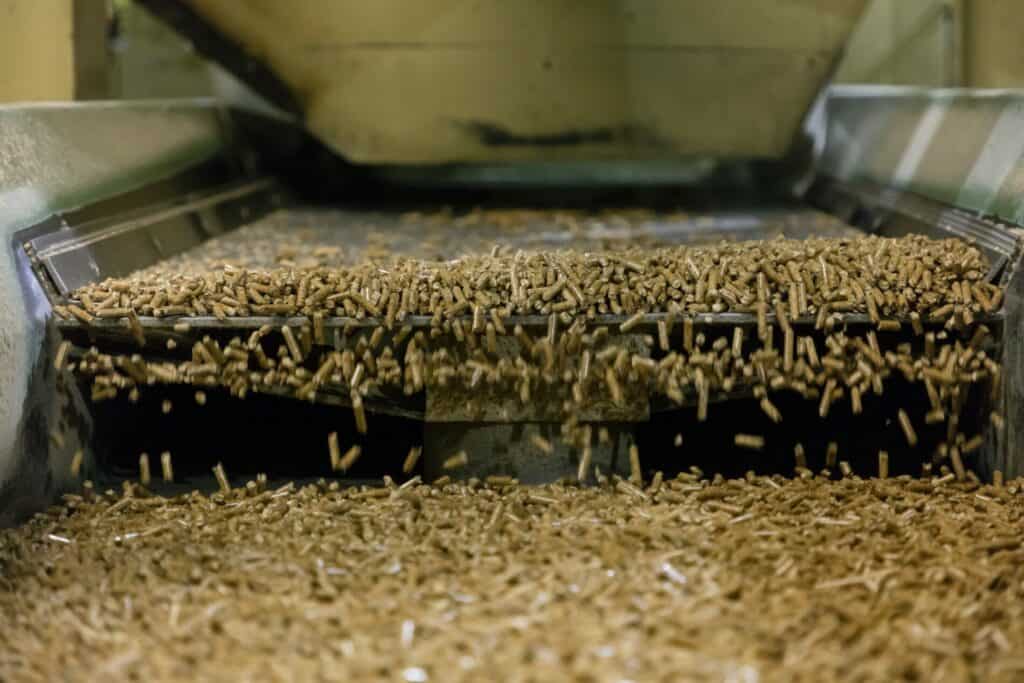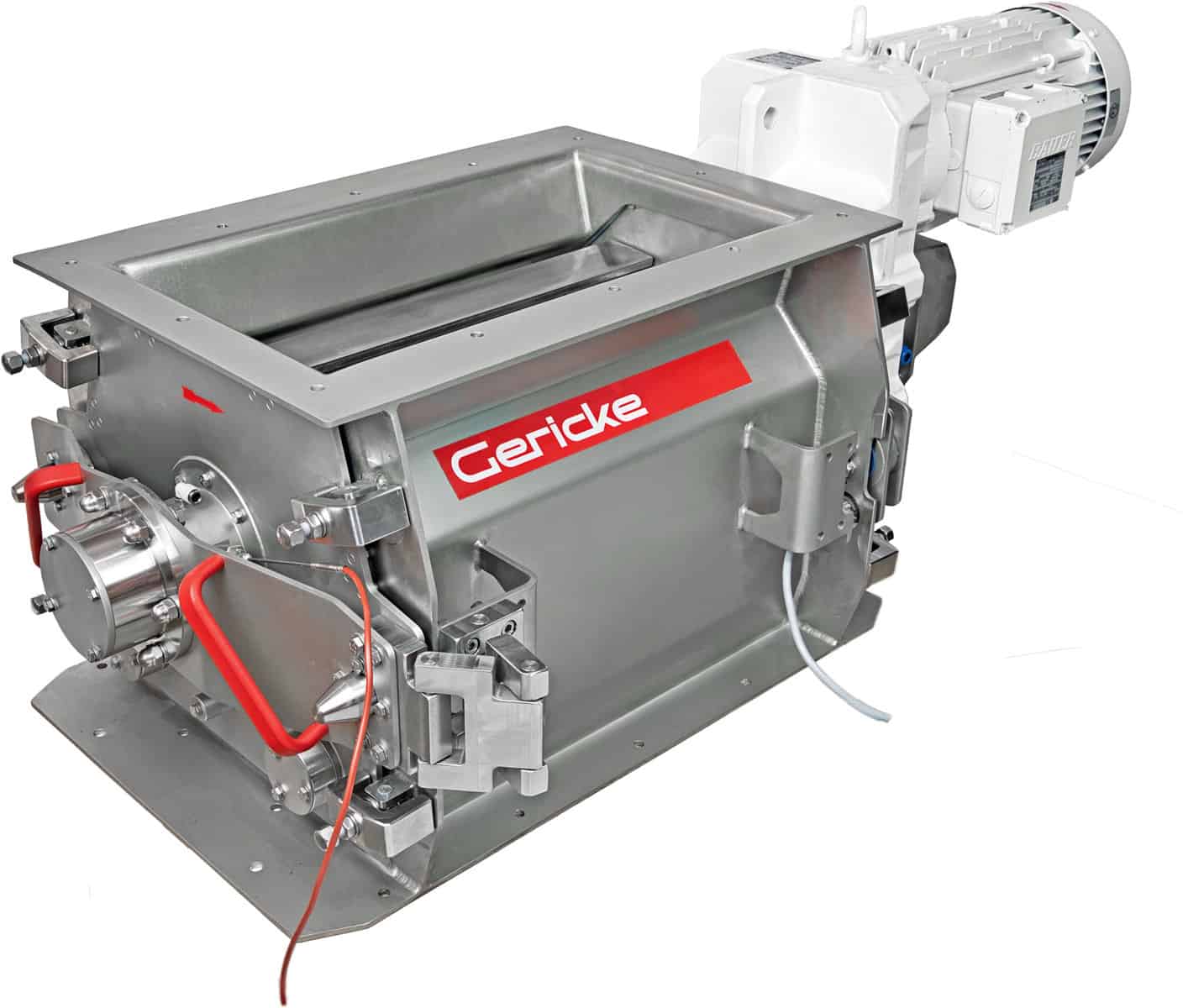Understanding the Risks
Ignition Sources:
Direct heated belt dryers utilize high temperatures, introducing ignition sources. Combustible materials in the drying process can further elevate the risk.
Material Properties:
Materials being dried might have volatile components, making them susceptible to ignition. Dust generated during the drying process can accumulate and become an explosion hazard.
Safety Measures and Best Practices
1. Design and Installation:
Ensure compliance with local fire and safety codes during the design and installation.
Implement proper ventilation and dust collection systems to minimize the accumulation of combustible dust.
2. Regular Maintenance:
Schedule routine inspections and maintenance checks for the dryer and associated equipment.
Clean and remove dust buildup regularly to prevent potential ignition sources.
3. Training and Awareness:
Provide comprehensive training on safety protocols to personnel operating the dryer.
Educate staff about the risks associated with dried materials and the necessary precautions.
4. Hazard Analysis:
Conduct a thorough hazard analysis to identify potential fire and explosion risks for the dryer and materials used.
Develop and implement a detailed risk mitigation plan based on this analysis.
5. Explosion Protection:
Install explosion relief panels or systems to minimize damage in case of an explosion.
Use explosion suppression or isolation systems to control and contain any potential explosion.
6. Emergency Response:
Establish clear emergency protocols, including evacuation procedures and fire suppression systems.
Conduct regular drills to ensure all staff members know emergency response actions.
Compliance with Standards and Regulations
1. NFPA Standards:
Comply with National Fire Protection Association (NFPA) standards such as NFPA 68, which covers explosion protection by deflagration venting.
2. OSHA Guidelines:
Adhere to Occupational Safety and Health Administration (OSHA) guidelines, particularly those related to combustible dust hazards (e.g., OSHA 1910.307).
3. Industry-Specific Regulations:
Different industries might have specific fire and explosion safety regulations. Ensure compliance with relevant industry standards.
Conclusion
Direct heated belt dryers are invaluable in numerous industrial processes but pose significant fire and explosion risks if not managed effectively. Employing a multi-faceted approach involving design considerations, regular maintenance, comprehensive training, adherence to standards, and learning from past incidents is crucial in ensuring fire and explosion safety. By prioritizing safety protocols and staying abreast of industry standards; organizations can minimize risks and create a safer working environment for all involved in operating these dryers.










































